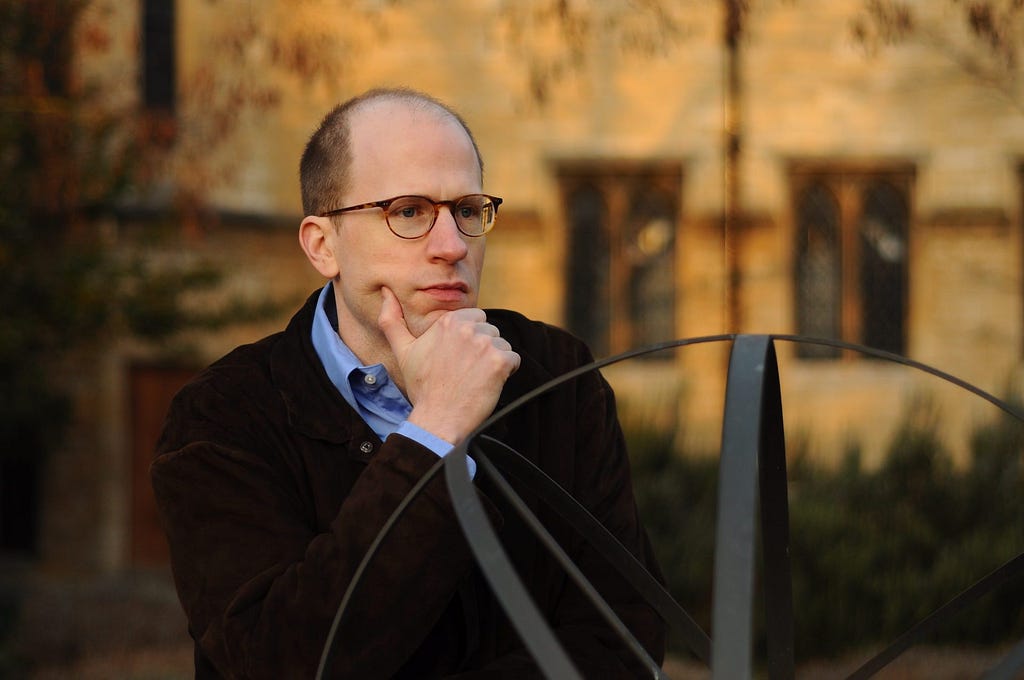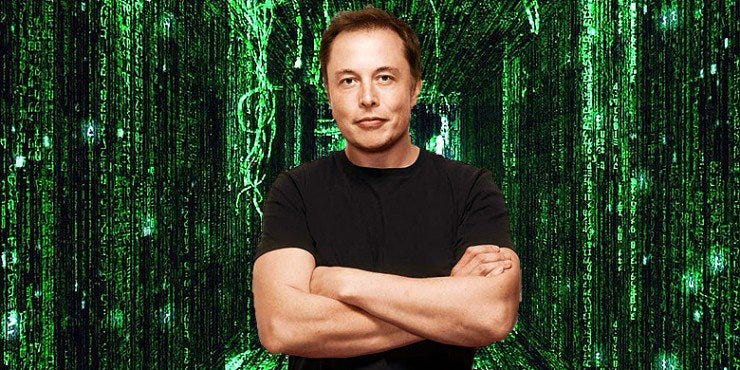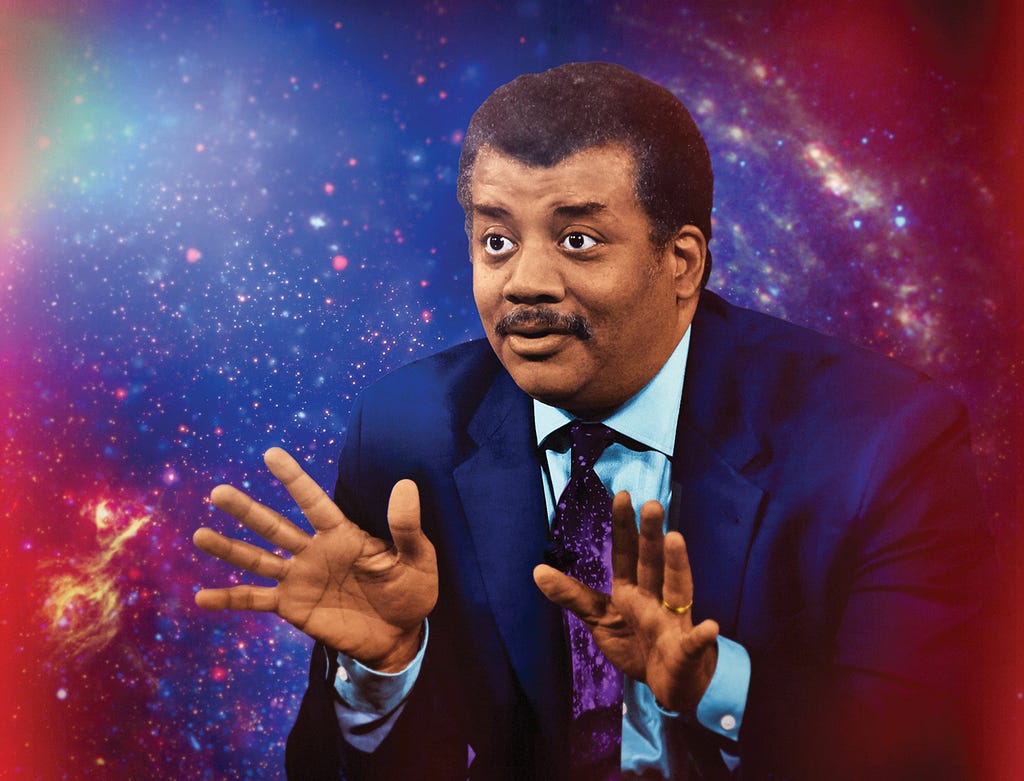Latest news about Bitcoin and all cryptocurrencies. Your daily crypto news habit.
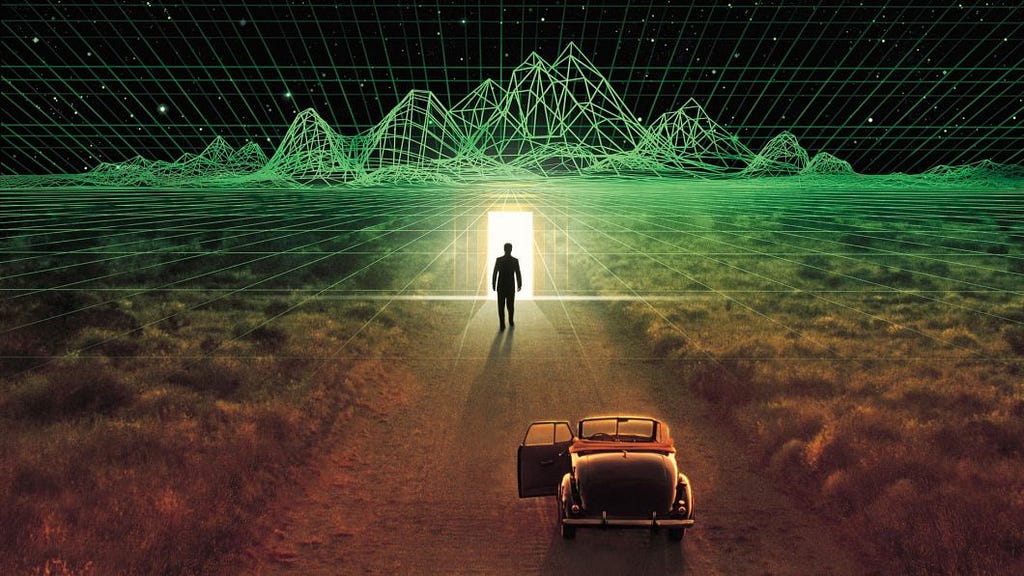
The simulation hypothesis states that the universe in which we live is not real, but rather it is a computer simulation, an extremely detailed, realistic and precise video game, so apparently perfect that there is no way to distinguish it from being real. But the real world is outside our limited simulation.
This argument, that a few years ago was practically ignored, is rapidly spreading, especially in certain technical-scientific-philosophical circles and may, soon, become mainstream and end up as the ultimate religion.
But, are we living in a simulation?
It is very probable. In fact, it is very unlikely that we are NOT living in a simulation. Unfortunately, there is no possible way to confirm or deny that we are -or not- in a simulation, unless the creators of the simulation had left evidence about it or decide to make it noticeable sometime in the future.
There are mainly two arguments that support the belief that we are living in a simulation.
Technological evolution
Pong, considered the first video game, was launched at the end of 1972. In these ~50 years, the technological evolution has been enormous. We have gone from monochrome games with limited features, to ultra-detailed 3d scenarios, massive persistent online worlds with thousands of simultaneous players, ultra-realistic driving simulators and, in recent years, the first steps of virtual reality commercial development, that, in many cases, is objectively difficult to distinguish from reality.
50 years is nothing for the cosmic evolution scale. Homo sapiens has been around for ~100,000 years, so the last 50 years represent less than 0.05% of the time that our species has existed.
The strongest argument for us probably being in a simulation is … that 40 years ago we had Pong — two rectangles and a dot. That’s what games were. Now, 40 years later, we have photo-realistic, 3-D simulations with millions of people playing simultaneously. And it’s getting better every year … If you assume any rate of improvement at all, then the games will become indistinguishable from reality
Elon Musk
Given the technological evolution (exponential or not, another interesting discussion), it is to be expected that, in a few years, virtual simulated worlds will be practically indistinguishable from reality. Even if we consider a massive setback in the degree of technological evolution, we would simply delay several hundred / thousands / tens of thousands of years the inevitable evolution. They are, still, insignificant values on a cosmic scale.
Therefore, given the unstoppable technological evolution we are witnessing, except in case of catastrophic events, great filters or other theoretical disasters, it seems very likely that there will be a point when humans will be able to create virtual worlds or simulations totally indistinguishable from reality.
The limits of reality and resources optimization
Performing a simulation as detailed as the one we could apparently be living, requires an inconceivable amount of resources (hardware) for our current level of development. However, we should keep in mind that there are different types / degrees of simulation and, more important, it would not be necessary to simulate all the detail of the simulation in all its extension.
Starting from the basis that you could be in a simulation while you are reading this article, to maintain these simulation, it may not be necessary to perform a detailed simulation of the rest of 7.5 billion inhabitants of the planet, with each and every one of its atoms, quarks or any minimum particle that is considered. To keep the simulation sufficiently detailed and credible, it would be sufficient to simulate, for example, ~10 meters around the reference point, in the same way that when you examine an external scenario in a video game, it is not necessary that the interior of the buildings exists at all, since you will never be inside them.
If we consider that our entire planet were the object of a simulation, we could assume that everything that happens on the earth’s surface and near the planet is part of the detailed simulation in which we inhabit. Given the limitations that current physics seems to impose, it is unlikely that, in the medium term, we will be able to travel to the nearest star (Proxima Centauri, at 4.22 light years), so the simulation could simply represent the far space as pixels in the outer layer of the simulation. This means that it would not be necessary to simulate each and every one of the billions of stars, planets and other objects that apparently exist in our universe.
In a way, the limits imposed by the laws of physics can be interpreted as limits imposed by the creators of the simulation. There is no need to simulate the outer universe because we will never be able to travel to that outer layer. The creators of the simulation are imposing limits such as the speed of light or placing those objects at absurdly distant and unreachable distances and, thus, saving precious resources for the simulation.
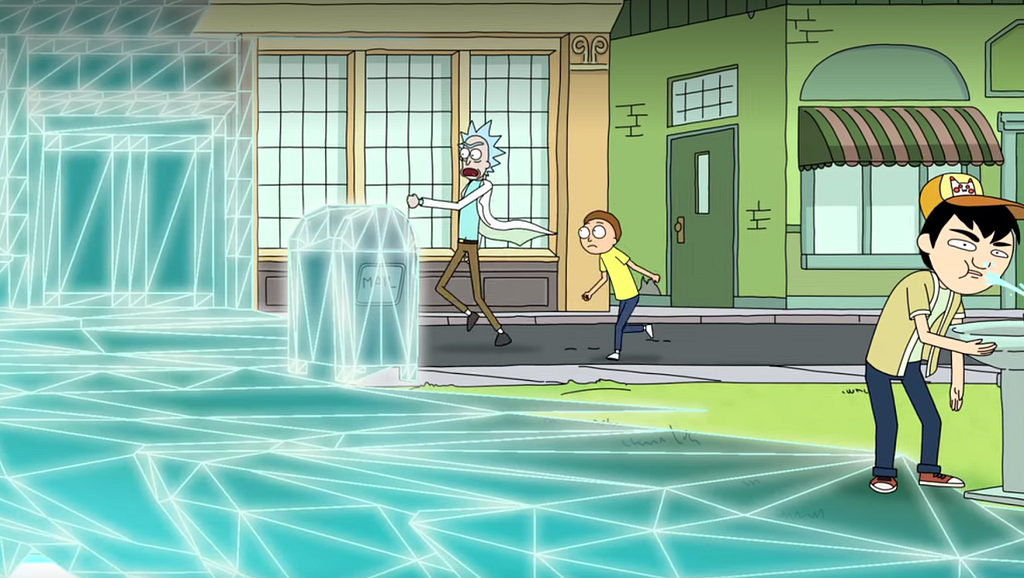
There is also evidence that indicates that the simulation of the “lower limit” (subatomic world) is not as complete as it should be. The double-slit experiment seems to indicate that subatomic reality only exists when it is observed, which is a further indication that we are in a simulation where only the small portion of reality that is observed exists.
Therefore, the amount of resources necessary to perform the simulation, despite being equally immense, expensive and not affordable for our current degree of development, is not as absurd as it could be for a complete simulation of the universe.
We must not forget that, for our limited zero-degree civilization on the Kardashev scale (a scale that measures the degree of civilization technological evolution based on the amount of energy it is able to use), structures such as a Dyson sphere that would give access to practically unlimited energy and resources, are pure science fiction. However, type II or type III civilizations may not face any resource or hardware constraints to create any type of simulation.
In any case, if the simulation hypothesis is true, our current mindset focused on the necessary resources / hardware to initiate and maintain the simulation, may lack meaning outside of our simulation, where laws of reality (the authentic one, outside of our simulation, which in turn could be a byproduct of another superior simulation) may have nothing to do with those we observe in our limited reality.
Very smart people defend the simulation argument
The origin of the simulation argument seems to be found in Descartes, later developed by Hans Moravec and in recent years by the British philosopher Nick Bostrom. Also, two other well-respected figures such as Neil deGrasse Tyson and Elon Musk also defend the simulation hypothesis. Let’s see why.
Probably the person who has spent the longer time thinking and debating on the simulation hypothesis. His paper “Are you living in a computer simulation” is the main reference for those interested in the subject.
His argument states that one of the three following propositions is true:
- a) The percentage of developed civilizations that reach a posthuman phase (capable of performing simulations) is close to zero; or
- b) The percentage of posthuman civilizations that are interested in performing simulations is close to zero; or
- c) The percentage of people living in a simulation is close to one.
Under these assumptions, it follows:
- If (a) is true, we will probably get extincted before reaching the posthuman phase.
- If (b) is true, it is possible that there is no interest or ability to perform simulations.
- If (c) is true, it is almost certain that we are living in a simulation.
Given the current situation and technological developments in recent years, Nick Bostrom, finally presents three options:
- a) We will extinguish soon (so that we can not develop the ability to create simulations).
- b) At some point we will lose interest in developing simulations or we will not achieve that capacity.
- c) We are living in a simulation and, in fact, the percentage of simulations vs. reality is of several billion against one.
Elon Musk has mentioned on countless occasions that, in his opinion, it is very likely that we are living in a simulation.
There’s a billion to one chance we’re living in a computer simulation right now
Elon Musk
His main argument in favor of the simulation hypothesis involves an extrapolation of our society technological evolution rate. Even assuming that the rate of evolution falls to one thousandth of the current rate, extrapolating that rate over the next thousand years (insignificant in the evolutionary scale), it is very likely that humans will be able to perform ultra-detailed simulations and, in fact, thousands / millions of them should be performed. Therefore, by pure statistics, the probability that we are living in reality is one in billions.
There are numerous YouTube videos where Musk develops his point of view. For me, the most interesting one is this small fragment answering the question what would you ask to an AGI? (Artificial General Intelligence)
It is also common to find direct or indirect mentions to the simulation argument in his presentations and interviews, as in Tesla autonomous driving presentation carried out in April 2019 (direct link to min: 1:49:30).
His support to the hypothesis is mainly based on the fact that he has no convincing arguments against the simulation argument. Tyson often also relies on the degree of technical development, especially in relation to current video games.
I wish I had a good argument against that hypothesis and I do not.
Is the simulation hypothesis a religion?
Just as it is impossible to prove the existence of god, it is not possible to prove the certainty of the simulation hypothesis. Maybe in the future we could find strong evidence that supports the simulation argument, but we possibly will never reach 100% certainty.
The simulation argument is, therefore, not science, but faith.
The religious implications of the simulation argument could be the matter of a full other article but, as a summary, we can identify some points that, in my opinion, indicate that the simulation hypothesis will become, in the near future, the ultimate religion. Probably, in some sense, very far away from historical and current religions, without their ceremonies and paraphernalia, but I have no doubt that the simulation hypothesis will become very popular in the coming years. In fact, there are already some initial movements, currently with very limited development, as Way of the future, the religion that identifies God with AI founded by Andrew Levandowski, founder of Otto, the self-driving car company acquired by Uber in 2016, after apparently stealing 10GB of confidential information from Google self-driving car project.
In general, there are some common points in all religions and some of them may also fit very well in the simulation argument:
God
He is the creator of the simulation, the one(s) that define all the simulation parameters (laws of physics), its beginning (the creation) and its end (death, apocalypse, reincarnation and/or return to the real universe outside the simulation).
The mystery
Religions also have an important component of mystery and the unknown. As Musk questions… what’s outside of the simulation?
Miracles and god mediation
Under the simulation perspective, we could justify miracles under two scenarios:
- External manipulation: Creators may have access to the simulation and could edit certain parameters (i.e. cure cancer for one the simulated persons).
- Errors in the simulation: Extraordinary programming failures (bugs) that may translate in errors in the simulation that are impossible to explain for the inhabitants of the simulation.
Moral principles
The man can behave morally simply because it has been externally programmed for it. Other simulations could have very different moral laws for their participants to enjoy.
The creation
The (simulated) universe has a start. Once again, there are two options:
- The simulation begins effectively with the/a big bang.
- The simulation begins at any subsequent arbitrary moment in a state that justifies a start with a non-existent but simulated and credible big bang (in the same line, we could have started existing today and our memories of the past are only artificial thoughts impossible for us to differentiate from reality).
Afterlife
Depending on the type of simulation, its participants could be living-beings in the external reality (the real universe or a superior simulation that simulated us, like a virtual machine in a virtual machine and so on). Once they die, get tired of the current simulation or simply want to finish it, they would return to its reality where they can continue their real existence. This means life after death.
The ultimate religion
The fact that there are countless scientists who study and defend the simulation hypothesis and the real possibility of a radically new life outside the simulation, are two sufficiently powerful and viable arguments for the next great religion. A religion with a major component of technology and based on currently observable technical developments. A religion somehow supported by science and respectable scientists, with a minor component of faith and religious paraphernalia. A religion for non-religious people.
The ultimate religion.
The simulation hypothesis and the ultimate religion was originally published in Hacker Noon on Medium, where people are continuing the conversation by highlighting and responding to this story.
Disclaimer
The views and opinions expressed in this article are solely those of the authors and do not reflect the views of Bitcoin Insider. Every investment and trading move involves risk - this is especially true for cryptocurrencies given their volatility. We strongly advise our readers to conduct their own research when making a decision.
